A couple of years before “Berkut”: backward-swept wing and Sukhoi Design Bureau
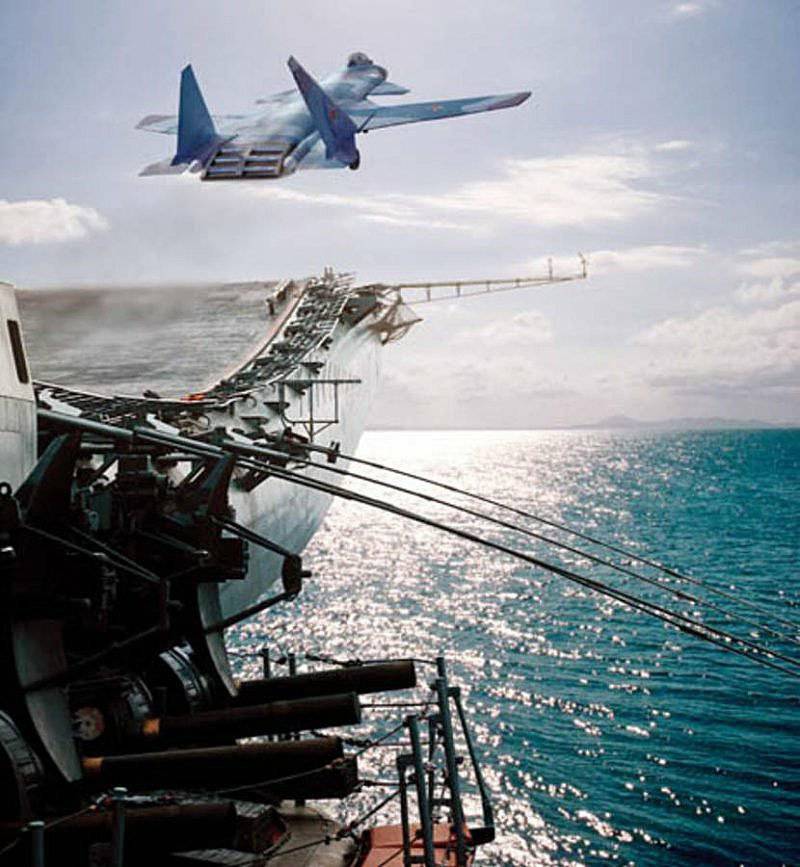
In 1979, the State Committee on Aviation Engineering at the USSR Council of Ministers (GKAT) and the Ministry of Defense launched the I-90 program. Her goal was to create a fighter that would serve the country in the 90s. By the year 81, the road map of the works was ready and a preliminary definition of the future aircraft's shape began. After a series of discussions and disputes, it was decided to entrust the main work on the project to the MMP for them. Mikoyan. The head of the State Committee for Aviation Silaev demanded that Sukhoi be connected to work on the I-90 project. However, the management of this design bureau was able to convince the Committee officials that their Su-27 project is not only modern, but also promising. Therefore, to create a fighter of the nineties, the Sukhoi Design Bureau does not need additional work: it will be enough to refine the existing equipment using relatively simple methods. It should be noted that this was the logic and, as it later turned out, the Su-27 family of fighters will serve not only in the 90's, but also years later. At the same time, the State Committee did not intend to leave the Sukhoi company without work. In the same year, 81, she was assigned to prepare a draft of the nineties attack aircraft called W-90.
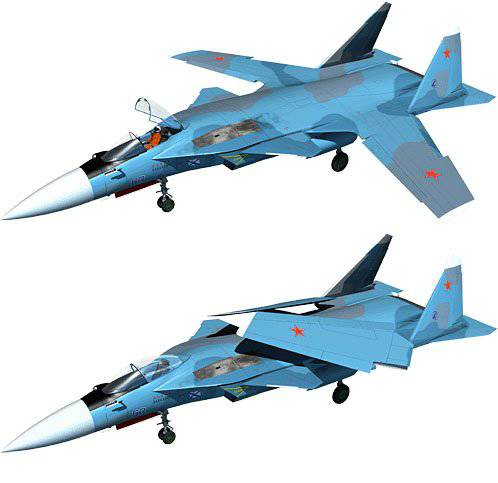
In the light of all these events, the initiative of the new general designer of the design bureau named after A.G. Dry. Mn Simonov, barely taking over the high post, suggested to start work on a completely new aircraft. The project promising fighter received an index of the C-22. Obviously, the designation similar to one of the versions of the Su-17 project was taken for a reason, and to “disguise” the initiative development. At that time, the world's leading design bureaus once again "hurt" the idea of a backward-swept wing (CRP). Such bearing planes had several features at once, which favorably distinguished them from the classical wing. Back sweep due to specific flow increases the aerodynamic quality of the wing in a large speed range, increases lift, improves takeoff and maneuverability, and also has a beneficial effect on stall resistance. The first experiments in the field of CBS refer to the 40 years of the last century. However, then several design teams were not able to cope with the drawbacks of the reverse sweep. The fact is that with an increase in the flow velocity, an elastic positive divergence of the wing is observed — twisting, which can lead to structural failure. Strengthening the metal power set compensated for the tendency to twist, but negated the entire gain in lift. In addition, the forward sweep wing drag is larger, which is especially strongly felt at supersonic speeds.
The development of the aviation industry in the first half of the eighties of the last century already made it possible to solve most of the problems typical for KOS. Thus, it was proposed to compensate for the deformations of the wing with the use of composite materials, and the propensity of the aircraft to be shaken - with deflected wing toes and overflow. As conceived by the designers of the Sukhoi, these elements of mechanization were to distribute the flows from the wing and the influx so that they did not interact with each other in dangerous proximity to the aircraft. In the middle of 80-x all theoretical problems were solved under the leadership of the chief designer V.S. Konokhov in Sukhoi Design Bureau completed the preparation of a preliminary draft of the C-22 aircraft.
The fighter, made according to the “duck” scheme, was comparable in size with the Su-27 aircraft. Thanks to the new wing and its remarkable prospects, it was possible to equip the 23-ton car with just one dual-circuit turbojet engine. Engineers have already begun to prepare all the documentation for the production of a prototype, when it turned out a few bad details of the project. It turned out that in the country there is not yet such an engine that could single-handedly “pull” a car with such take-off weight, providing it with decent flight characteristics. Additional verification of the project for the purpose of exploring the possibility of alteration for another engine showed a noticeable over-weighting of the fighter. The management of the design office had no choice but to stop the C-22 project and start developing a new aircraft based on it. An updated version of the promising fighter received the index C-32.
The Su-27KM multipurpose carrier-based fighter (later C-32), designed by the OKB Design Bureau. P.O. Sukhoi to equip the Soviet aircraft carrier projects 1143.5 ("Kuznetsov"), 1143.6 ("Varyag") and nuclear 1143.7 (head - "Ulyanovsk"). After the collapse of the USSR, the Su-27KM project in the form of creating a combat fighter was discontinued due to the collapse of the construction of aircraft carriers and financial problems that had arisen, and the topic was transformed into a research paper on the study of the backward swept wing (CBS), during which the copy for static strength tests was completed to the experimental aircraft S.37 "Berkut", now known as Su-47 (photo http://www.buran.ru)
MA was appointed chief designer on the C-32 topic. Pogosyan At the same time considered several options for processing C-22. As a result, a twin-engine fighter with a variable thrust vector was considered the most promising. He was supposed to equip with two TRDDF RD-79M 18500 kgf each. These engines were a further development of the Р79В engine, which was supposed to be installed on Yak-141 vertical take-off and landing aircraft. Unlike the original engine, the RD-79M had great traction and a slightly increased resource. However, a number of problems with the creation of a new engine forced a team of engineers under the leadership of Simonov and Pogosyan to reconsider their views on the C-32 powerplant. Now it was proposed to equip the aircraft with AL-41F engines with a design load of up to 18-19 tons. With an acceptable specific fuel consumption, these engines due to thrust made it possible to provide the C-32 with the possibility of a long flight at supersonic speed without the use of afterburner. Another engine of the I-90 program, the MiG 1.44 MFI, was also supposed to be equipped with the same engine.
Extensive use of composite materials in the C-32 design was a result of not only the desire to facilitate the construction. Sukhoi Design Bureau has already had some experience in reducing radar visibility and in the considerations of designers, composites were far from the last. In addition, the final look of the car, including the technological, was influenced by a new ejection seat. The NGO Zvezda proposed a radically new concept of a means of saving the pilot, which, among other things, allowed him to carry more overloads than the old ones. Accordingly, the estimated operational overload has increased, which has required further strengthening of the design. And again rescued composites.
By the beginning of the creation of the C-32, the initiative project of the Sukhoi company was no longer a secret to the leadership of the aviation industry. Therefore, the KB constantly reported on the progress of work to the State Committee. However, in the 1988 year, when the economic situation in the country became far from better and many defense enterprises began to experience serious difficulties, GKAT decided to stop working on an interesting but dubious project in terms of prospects. For the C-32 stood by the sailors. Excellent take-off and landing data - even if it was calculated - could make this plane a great deck fighter. Thus began a new round in the biography of an airplane with a backward-swept wing.
In the same year, 88, the designers of Sukhoi presented the advance design of the deck fighter Su-27KM. In fact, it was a “hybrid” of the Su-27K (Su-33) and C-32. From the first, almost all onboard electronic equipment and weapons were taken, while the second “shared” the original wing design. Such an original approach to the early creation of a new fighter-batcher led to an increase in the maximum take-off weight. Su-27KM heavyweight almost to 40 tons, which was 7000 kg more than the maximum take-off weight of the Su-33. The springboards of the Soviet aircraft carriers were not designed to ensure the take-off of such heavy vehicles, and the Ulyanovsk, which was supposed to be equipped with steam catapults, was only laid in the 1988 year. A solution was needed that could ensure the normal operation of the Su-27KM on all types of Soviet aircraft carriers. Due to the large take-off weight of the new aircraft had a little lack of thrust-weight. Accordingly, he simply did not have time to gain the speed necessary for take-off until separation from the deck. After several studies and experiments, the designers of the Sukhoi Bureau decided to recommend a so-called for the Su-27KM. ballistic take-off from a springboard. The essence of this method is that the lack of speed is compensated by the high performance of the wing. The ballistic take-off should have been as follows: the aircraft, having gained some of the take-off speed, detached from the front end of the springboard. By inertia, he moves forward and up, simultaneously picking up speed. After passing the top point of the ballistic trajectory, the fighter (horizontal speed is still insufficient for a full flight) begins to lose altitude and continues to move forward. Upon reaching the height of the springboard edge, the aircraft picks up the required speed thanks to the engines operating on take-off mode and goes into horizontal flight. Such a take-off from the deck is possible only in the presence of a forward swept wing. The fact is that in the first phase of the ballistic take-off, the plane reaches such angles of attack at which the classical wing risks falling into stall. In turn, the WWTP has a certain margin of stability and, due to the greater lifting force, it earlier puts the aircraft into a horizontal position. For greater leveling reliability, the Su-27KM fighter received more advanced mechanization than it was at the C-32.
The Sukhoi Design Bureau has already begun preparing technical documentation for the production of an experienced Su-27KM, but in May the 89-nd Military-Industrial Commission under the Council of Ministers and the Ministry of Defense concluded that the aircraft was too complex for its adoption. The Su-27KM project lost its status as a promising fighter for arming aircraft carriers. Nevertheless, the company "Sukhoi" was allowed to continue work on the CBS on its own initiative and at its own expense. Before stopping the full-fledged state funding, the Sukhoi Design Bureau planned to build two C-32 flight specimens and one glider for static tests at the Irkutsk aircraft factory. However, the closure of the Su-27KM project and the subsequent financial problems of the whole country led to the fact that all the work on the backward-swept wing of the design bureau had to be carried out entirely at its own expense.
As a result, at the very end of the eighties and the beginning of the nineties, the C-32 project was significantly reworked to the state designated C-37. The first flight of this aircraft, also known as the "Golden Eagle", took place on September 24 1997. Thus, the aircraft, the result of Soviet and Russian work on the reverse-swept wing, took off almost 15 years after the start of the first studies. From the very beginning of the flight tests of the C-37, almost none of its creators had any doubts that this fighter was not destined to become a drill machine, at least in the coming years. "Golden eagle" and remained a purely experimental aircraft. In our country, the idea of CBS did not receive further development and the C-32 and C-37 projects, despite a number of technologies that were first applied to them, remained just another interesting idea in stories world aviation.
On the materials of the sites:
http://testpilot.ru/
http://airwar.ru/
http://alternathistory.org.ua/
http://popmech.ru/
http://paralay.com/
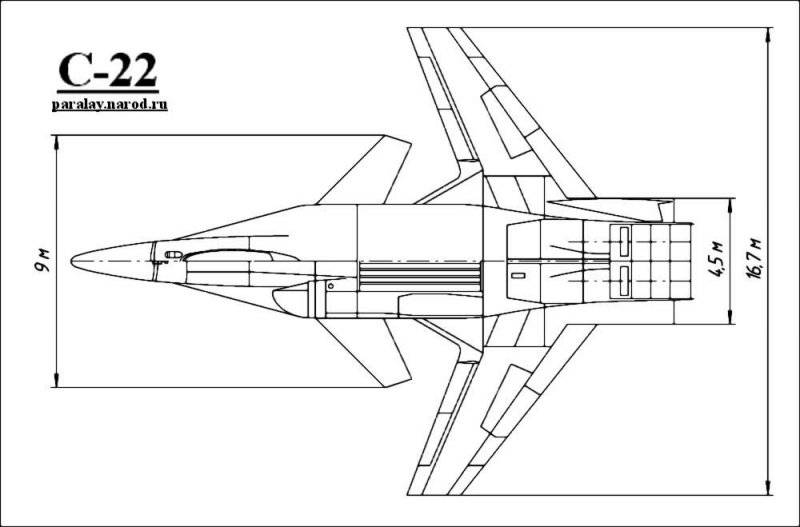
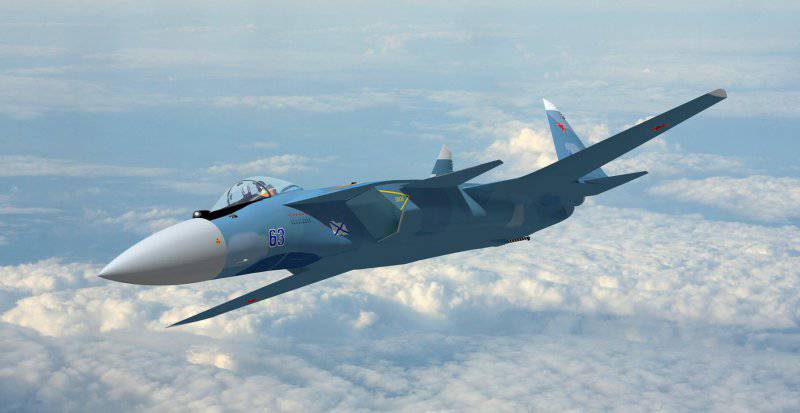
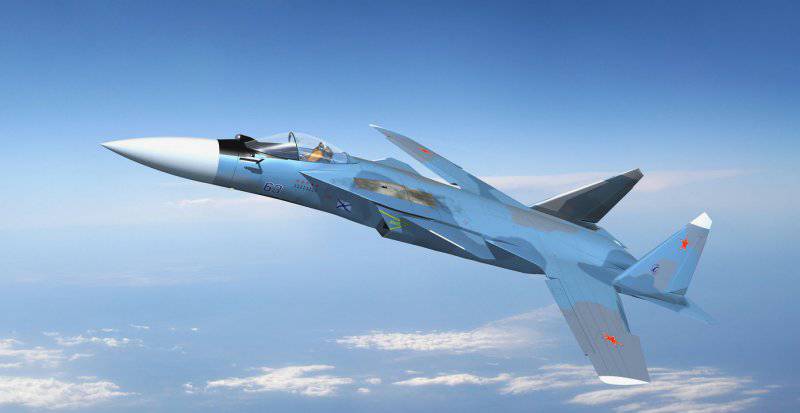
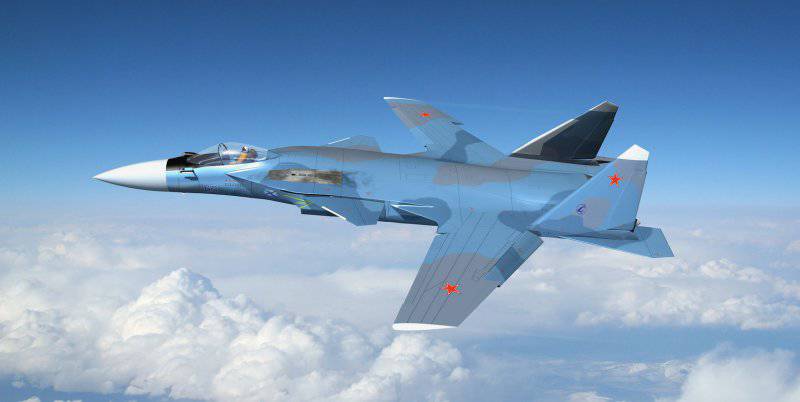
Information